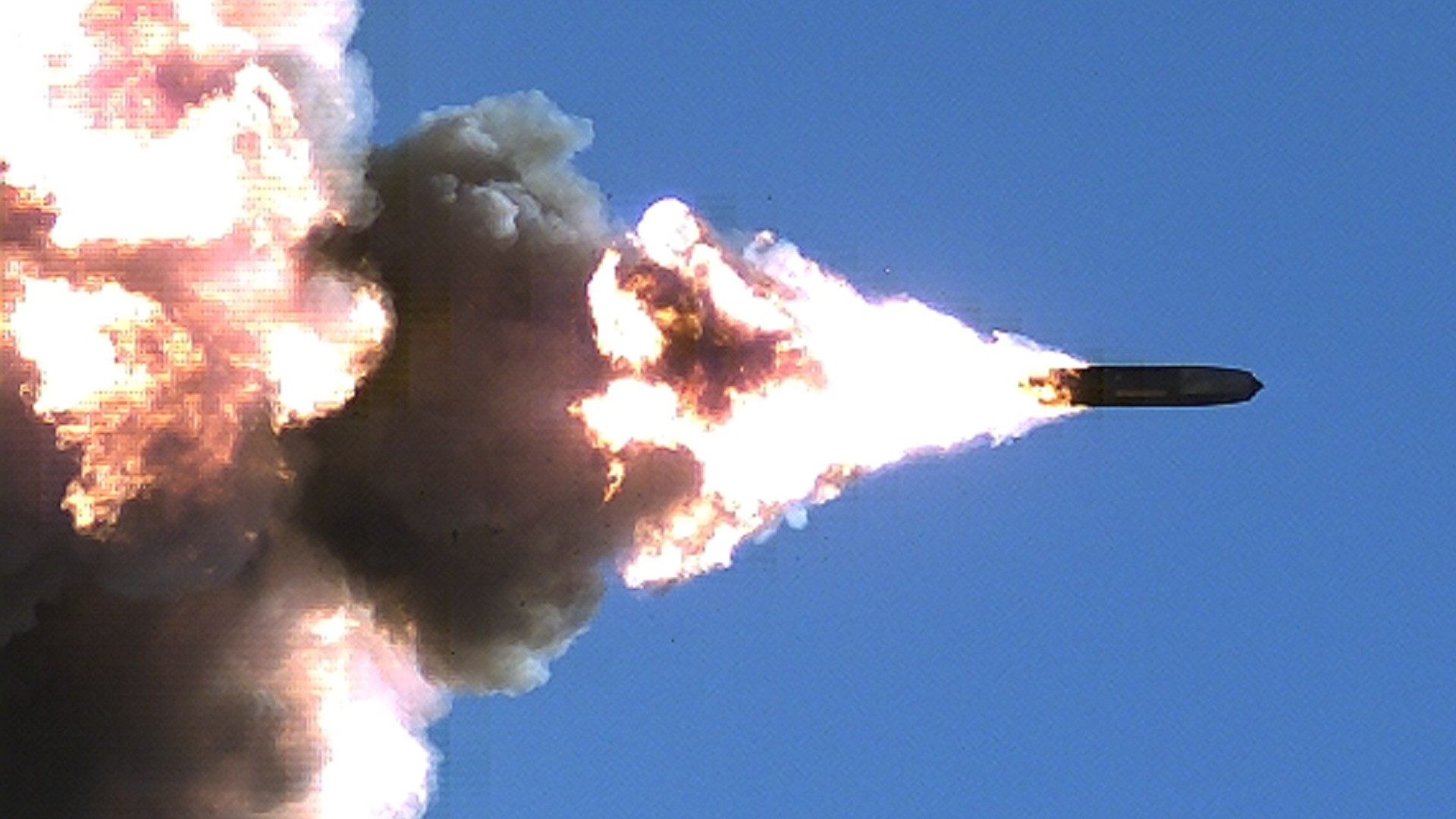Boeing has offered the best look to date of its 155mm artillery shell with a ramjet engine actually being sent down range. The company also says a recent test of this design, which it is developing in cooperation with Norway’s Nammo, broke the existing range record for a ramjet-powered artillery round. However, the exact distance the shell flew is unknown.
A press release that Boeing put out earlier today included the picture of the Ramjet 155 round seen at the top of this story, along with details about the milestone test and other future plans for this munition. Nammo first unveiled the 155mm ramjet-powered shell design back in 2018. The two companies are developing the round now as part of the U.S. Army’s Extended Range Artillery Munitions Suite (ERAMS) program.

Boeing and Nammo also announced last year that they had carried out a test of the Ramjet 155 that had set the previous range record for a round of this type. The two companies declined to say how far it traveled in that instance, as well.
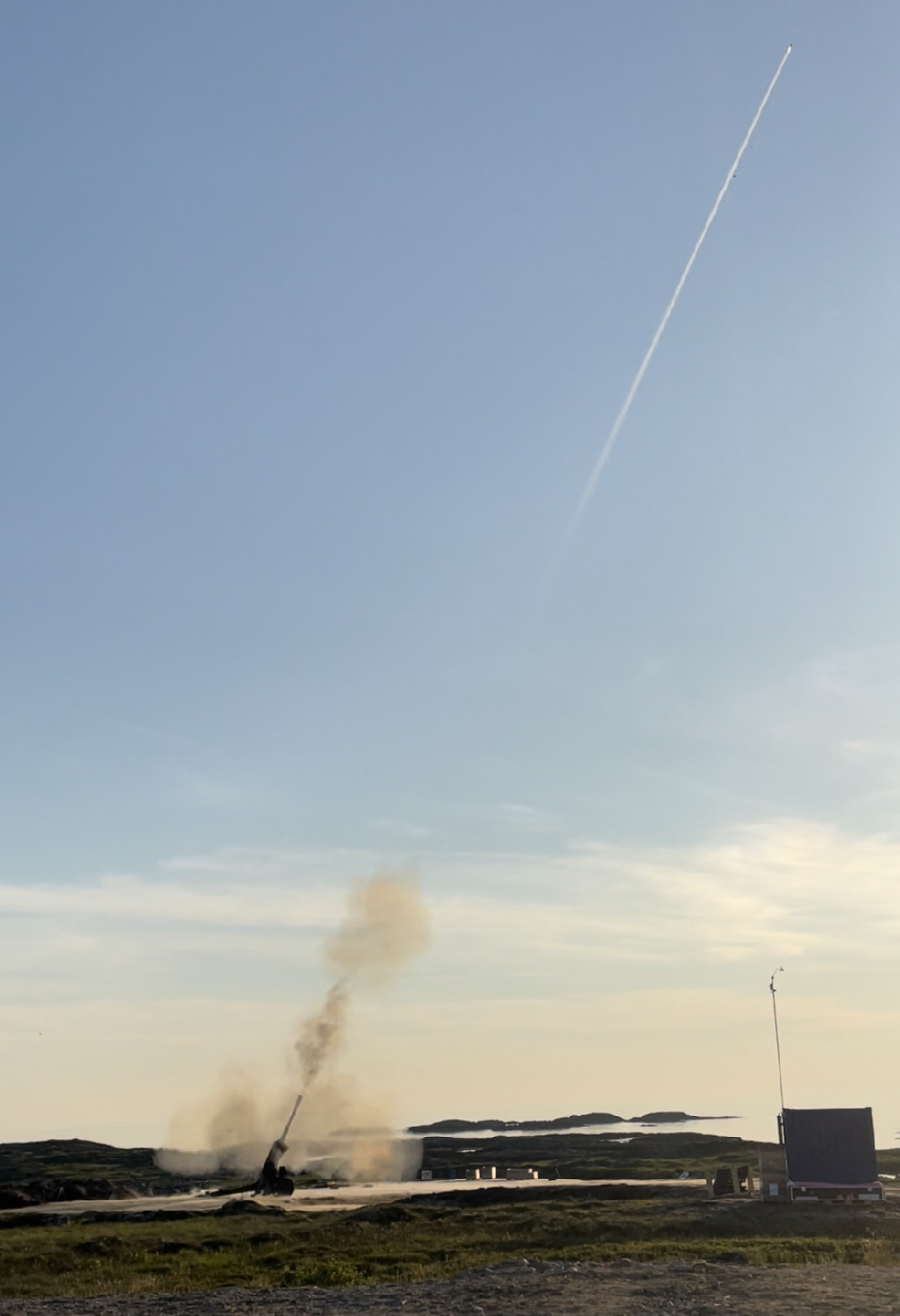
Boeing has said in the past that the goal is for the Ramjet 155 to be able to hit targets more than 70 kilometers (~43.5 miles) away. Nammo has said that the ramjet-powered round could eventually be able to fly out to 150 kilometers (just over 93 miles), depending on the weapon from which it is fired.
Typical 155mm artillery shells are fired using separate propelling charges. Extended-range types that incorporate a small rocket booster into the round’s base also exist and are in service around the world now.
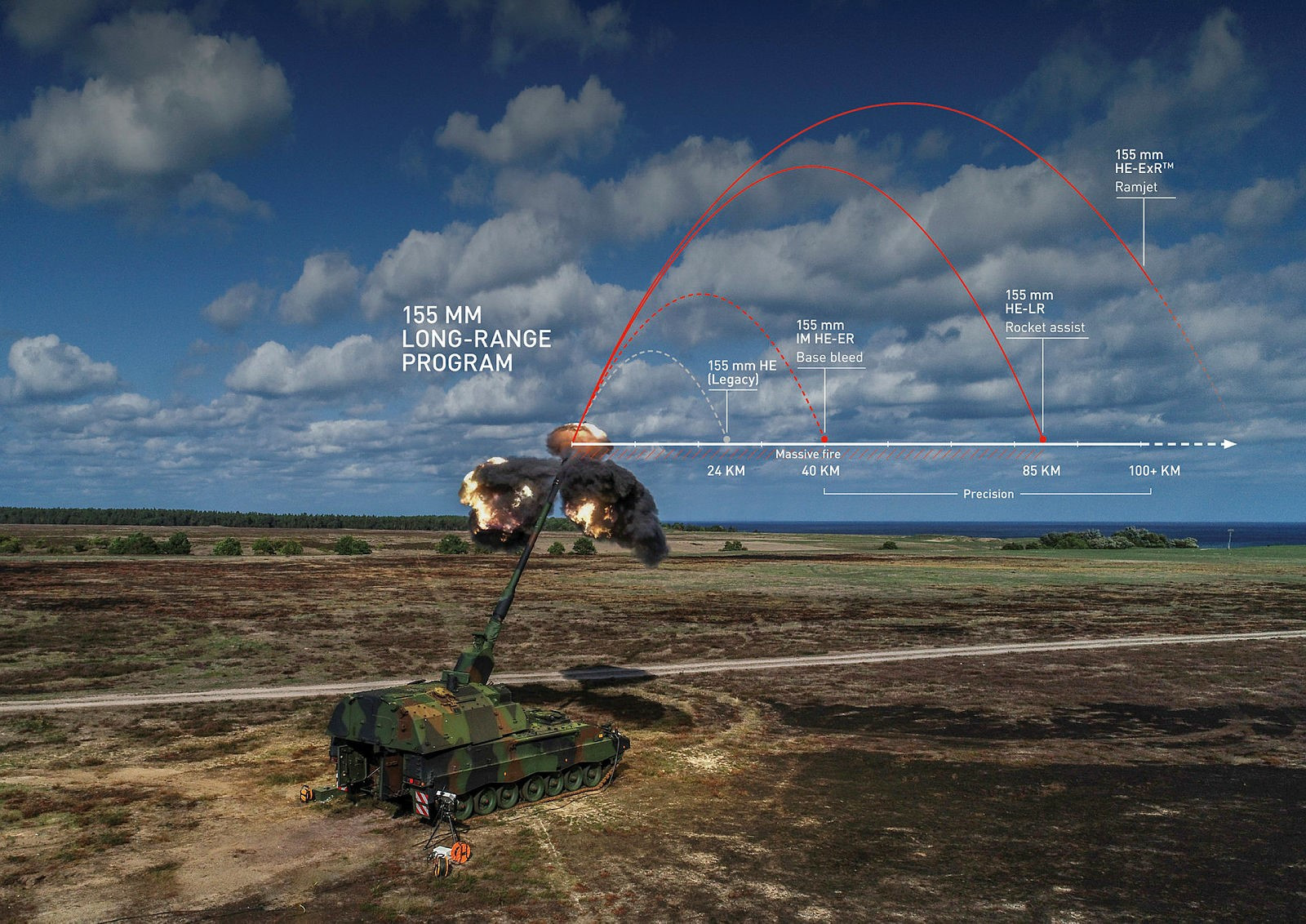
The Ramjet 155 incorporates an air-breathing ramjet engine. Detailed specifics about the design are limited. The general concept, which companies around the world have been experimenting with for decades now, involves extending range through a combination of sustained supersonic flight and the fact that the engine is actively pulling the projectile through the air.
The guidance package on the Ramjet 155 will also include the same “mission computer” component that is found on Joint Direct Attack Munition (JDAM) precision-guided air-dropped bombs. This points to a GPS-assisted method of guidance suitable for striking static targets. There remains to the possibility that some kind of seeker or combination of seekers could be integrated in the future to enable it to hit moving targets.
Boeing and Nammo hope to demonstrate the Ramjet 155’s precision-guidance capabilities in another test soon.
Even if the initial design is capable only of striking specific fixed target coordinates, the Ramjet 155 could offer a significant capability leap for existing 155mm howitzers. The ramjet-powered round has an expected range that is historically more in line with that of large-caliber artillery rockets.
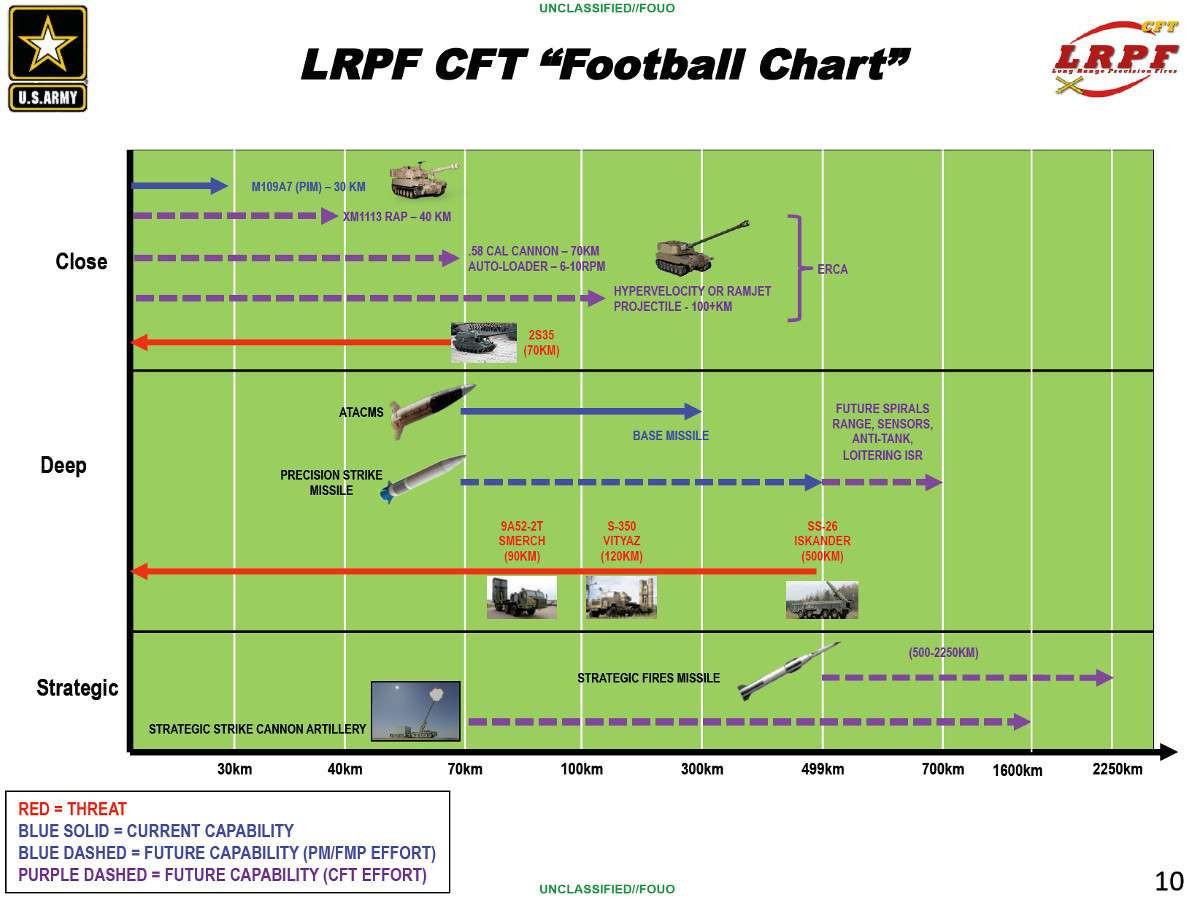
As an example, the latest A6 and A7 versions of the venerable M109 self-propelled 155mm howitzer now in U.S. Army service can hit targets 22 kilometers (~13.6 miles) and 30 kilometers (~18.6 miles) away using existing unpowered and rocket-assisted ammunition. With Ramjet 155, the range of those howitzers would at least double, if not extended even further.
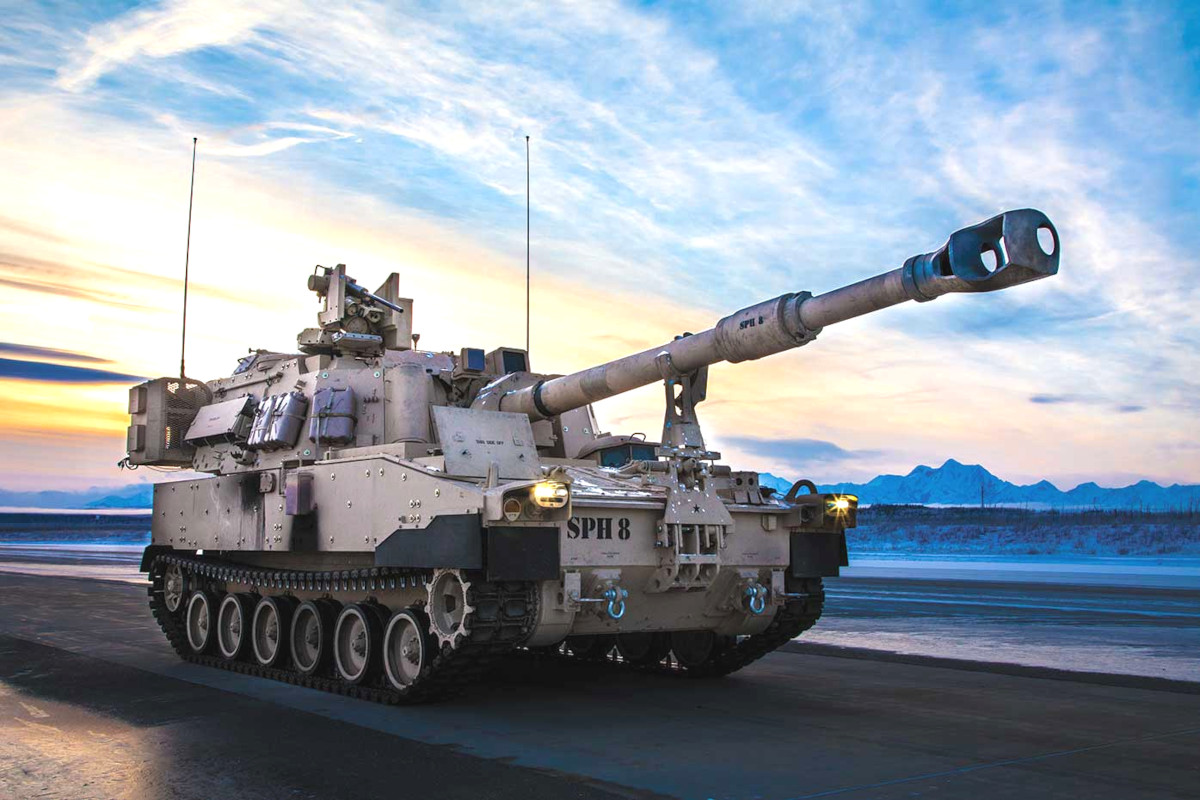
That added range also gives 155mm howitzer batteries dramatically increased flexibility. With a range of 30 kilometers, one of these weapons can hit anything within a circular area covering some 2,827 square kilometers (nearly 1,092 square miles). If their range is extended out to 70 kilometers or 150 kilometers, the space in which they can hold targets at risk without having to redeploy grows to 15,394 square kilometers (5,944 square miles) and 70,686 square kilometers (27,292 square miles), respectively.
Howitzers already have an inherent ability to readily shift focus from one target area that is within their range to another in response to new developments on the battlefield.
Still, whether or not the U.S. Army, or any other world military, ultimately acquires stocks of the Boeing/Nammo Ramjet 155, or any other ramjet-powered 155mm shell design, remains to be seen. Boeing and Nammo are just one team working on an advanced 155mm round as part of ERAMS. The Army is already also referring to whichever one of these rounds it ultimately decides to acquire as the XM1155.
Teams led by Raytheon and BAE Systems are also working on competing designs. Raytheon’s round is another ramjet-powered type, which it is developing in cooperation with the Netherlands Organization for Applied Scientific Research, also known by its Dutch acronym TNO.
BAE Systems’ shell is a so-called saboted concept that involves releasing a smaller projectile after launch that then flies at a very high velocity. The expected maximum range for this design is at least 110 kilometers (just over 68 miles). It is derived from the ammunition the company developed for the U.S. Navy’s abortive electromagnetic railgun project. BAE says its XM1155-SC (the SC standing for subcaliber) round holds the current record for the longest precision-guided shot from an Army M109-series howitzer, which is another one of the company’s products, using any kind of ammunition.

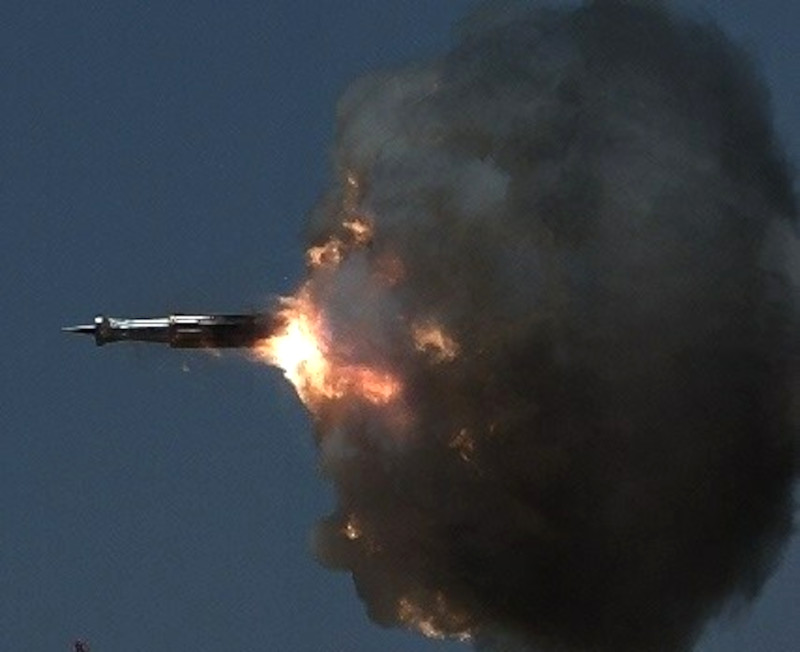
For the U.S. Army specifically, a new ramjet-powered or other long-range 155mm shell is just one part of a much larger initiative to extend the reach of its units tactically and strategically. This includes a host of other programs dealing with the development of new ground-based cruise and ballistic missiles, drones, loitering munitions, and more.
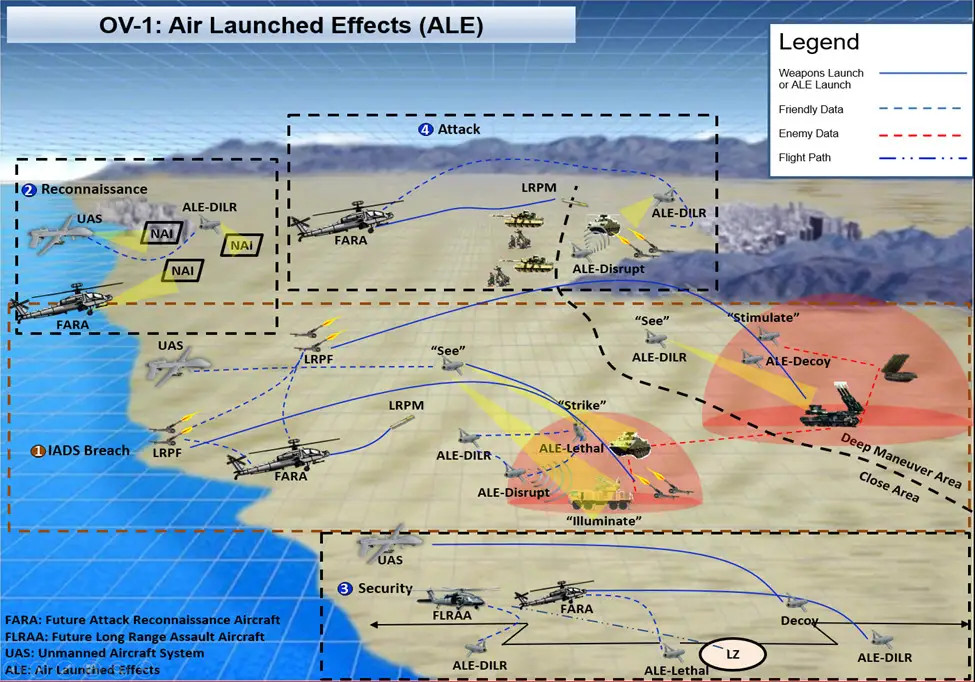
At the same time, the Army’s future artillery strategy, especially when it comes to advanced 155mm howitzers and their ammunition, looks to now be in a period of flux. For some time now, the service has been pursuing a new tracked self-propelled 155mm howitzer called the XM1299 that is designed to make the most of the ERAMS ammunition and has improvements, including an auto-loader.
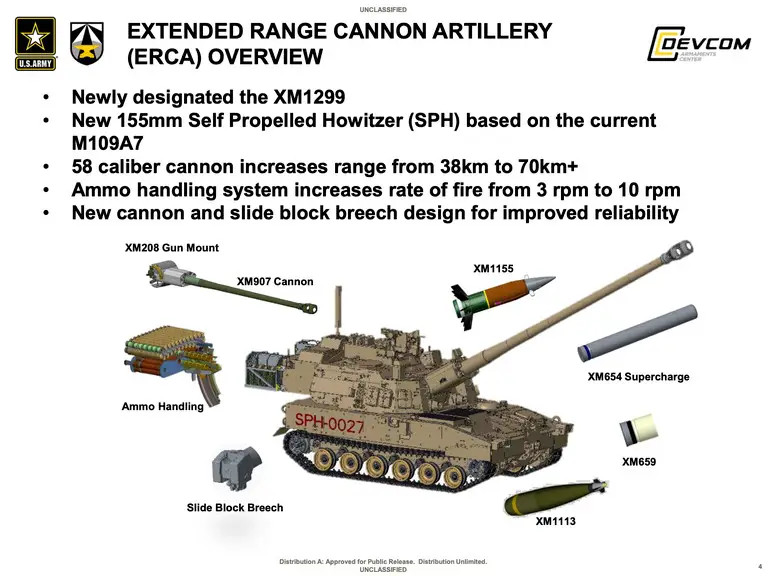
However, senior Army officials have now raised questions about whether this is necessarily the most cost-effective option and if other options available on the open market now might offer similar capability sooner.
“It really becomes a Fiscal Year 2025 budget decision, if we were to go in a different direction,” Doug Bush, the Assistant Secretary of the Army for Acquisition, Logistics and Technology, recently told Defense News. “I think, though, that the requirement is still there. We still need longer range in a more affordable way, which is an important caveat.”
Another issue is that the heavily armored XM1299 is not really suitable for lighter forces, such as Army airborne and airmobile units, who might be better served by lighter howitzer designs. In 2021, the service tested a number of wheeled self-propelled 155mm howitzers designs, including multiple foreign types, but did not pursue any of them.
The Archer, from BAE Systems Bofors in Sweden, seen in the video below, was one of the foreign wheeled self-propelled 155mm howitzers the US Army previously tested.

“The [Army artillery] strategy is looking at a combination of factors,” Bush also told Defense News back in September. “Where do you need towed artillery versus perhaps tracked versus perhaps wheeled? What can you do with munitions to get range versus building new cannons?”
No matter, “the broad lesson is that you still need artillery,” he added at that time. “It is the No. 1 killer on the battlefield, still in this conflict [in Ukraine].”
Altogether, it is clear that the Army still sees extending the range of its artillery units as a critical focus area. Boeing and Nammo’s ramjet-powered artillery round, or one of other ERAMS shell designs, looks set to be a key part of achieving that capability.
Contact the author: joe@thedrive.com
